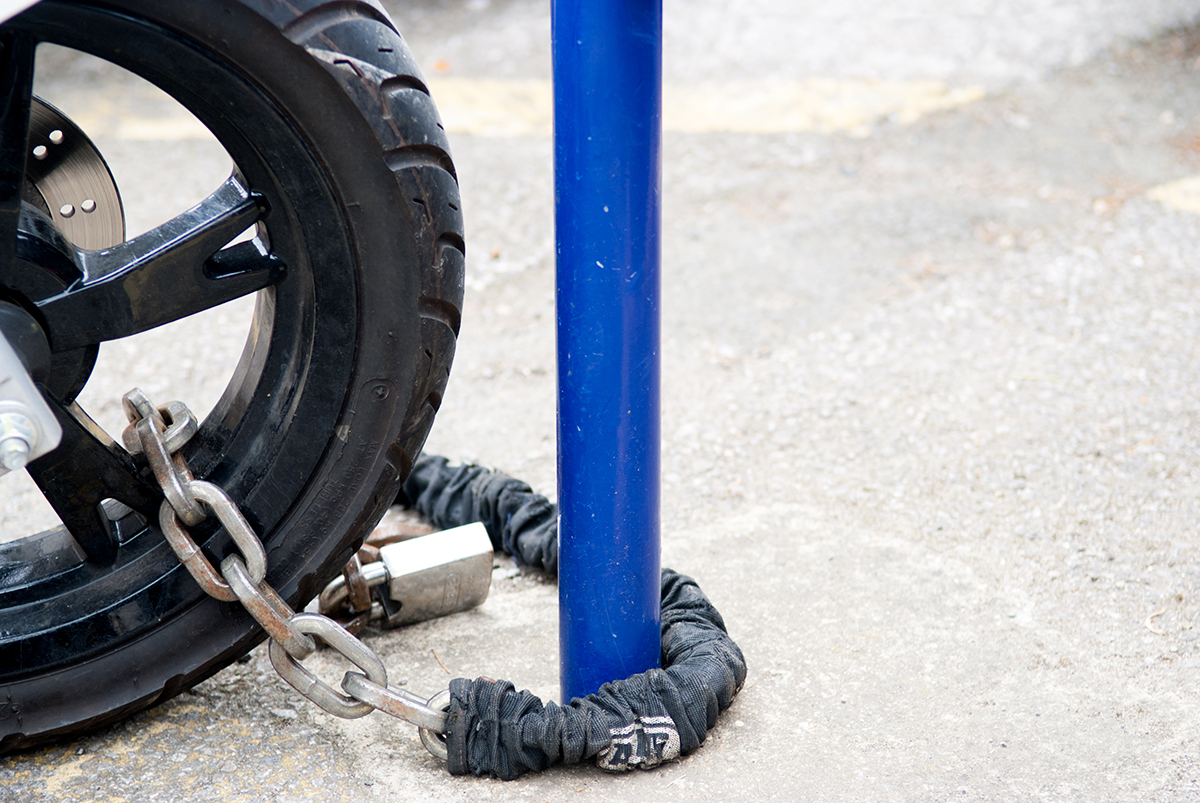Everything you need to know about El Niño & La Niña, how they affect winter weather, & what to expect in your neck of the woods
In the US, we’re experiencing our first El Niño in the past five years—and according to the National Oceanic and Atmospheric Administration (NOAA), it packs a punch.
The El Niño from 2018-2019 brought wetter weather to the southern US while leaving the north warmer and drier, as they typically do. However, it’s no match for the one we’re seeing this year, which has the potential to be the strongest on record.
But what exactly is an El Niño (and a La Niña), and how do these climate patterns affect weather conditions in the US? Keep reading for a full breakdown, complete with several common questions you may have.
What is an El Niño Winter?
El Niño, or “The Boy,” is a climate pattern that disrupts the Pacific Ocean’s natural cycle.
The Pacific trade winds—the winds close to the surface that blow steadily near the equator—do so from east to west, regulating the temperature of the waters. Climate experts aren’t quite sure why yet, but during El Niño, these winds weaken for a period of weeks or even months, causing the water on the surface to grow warmer than usual.
The warm water creates warmer air near the surface, which the atmosphere naturally carries upward. Then, the Pacific jet stream—the current of air that flows high above the Earth from east to west—pushes this warmer air east to the Americas.
In the winter, this influx of high-altitude warm air primarily extends across the southern US—particularly California and the Gulf—leading to increased rainfall, flooding, and generally colder, wetter conditions on the ground. Up north, El Niño weather is usually warmer and drier, with lower-than-average snowfall.
Is El Niño Bad for Snow?
Depending on where you live, you could experience much more or less snow than usual.
If you live in the northeast or northwest, a strong El Niño winter will likely mean you don’t see as much of the white stuff. If you’re in the southeast or southwest—specifically in select parts of California, Nevada, and Maryland—you could see as much as ten more inches of snow than average.
How Long Will El Niño Last?
The El Niño we’re currently experiencing is projected to remain strong until anywhere from January to March 2024. Per the NOAA, both El Niño and La Niña can last anywhere from nine to twelve months, with rare cases extending over a year.
What is a La Niña Winter?
El Niño and La Niña (“The Girl”) are two sides of the same coin, with La Niña generally having the opposite effect on the climate and weather conditions.
So, you can expect a La Niña winter to bring drier, warmer weather to the southern US and cooler, wetter weather to the north.
Does La Niña Winter Mean More Snow?
Like during El Niño, La Niña winters usually mean more snow in select areas of the country. Most northern states enjoy more fresh powder than average during La Niña, but Alaska, Washington, Idaho, Minnesota, and New York tend to see the biggest increase.
As you can imagine, La Niña winters are perfect for skiing and snowboarding enthusiasts. If that’s you, depending on where you call home, 2023-2024 may not be your year.
But the good news is, El Niño years—especially strong ones like the one we’re seeing now—are usually followed by a La Niña. So get ready to shred some serious powder next year!
Keeping an Eye on the Kids
It’s important to remember that while El Niño and La Niña may set the stage for certain weather conditions, they don’t necessarily guarantee them.
Nevertheless, predicting these climate patterns is crucial, as they increase the chances of extreme weather—flooding, storms, extreme heat, droughts, etc.—in certain regions around the globe. Events like these can impact everything, including residents’ homes, animal habitats, businesses, internet service, power, water and supply, transportation, agriculture, etc.
These risks impact the economy on a global scale, requiring us to adapt to them as they develop to avoid disaster and keep things running smoothly.
With their Yin and Yang-like relationship, the dynamic duo of El Niño and La Niña may throw us some pretty heavy curveballs…
But when residents, businesses, farmers, and states as a whole are aware that their area is high-risk, they can better prepare for extreme conditions and minimize the damage they cause.





